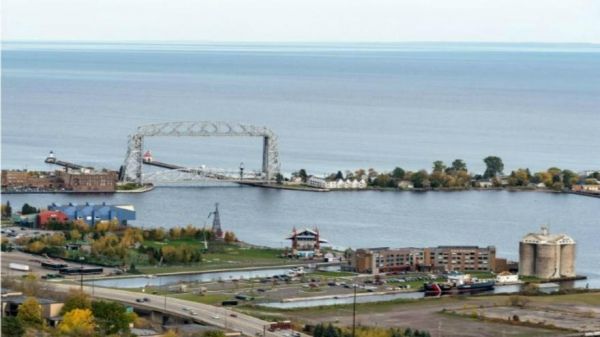Relatively few, massive lakes hold an incredible majority of the world’s fresh water. These lakes are scattered all over the globe, meaning the relationship between humans and the fresh water nearest them varies by location.
For the first time, a project based at the University of Minnesota Duluth Large Lakes Observatory has mapped the precise ways in which people benefit from these huge bodies of water. In a study published this week in the journal Ecosystem Services, researchers analyzed the natural benefits provided to humans by the 21 largest lakes on Earth. They found the types of services these lakes provide depend on factors both social and ecological.
“Humans are drawn to water — in fact, the earliest human cultures likely arose near large lakes in Africa,” said lead author Bob Sterner, director of the Large Lakes Observatory and professor of biology at the University of Minnesota Duluth.
“However, until now, we have not had a solid framework for understanding the specific ways people benefit from these immense bodies of fresh water,” said Sterner, an expert in lake chemistry and biology, specifically how nutrients affect organisms and structure ecosystems. Our study illustrates how the benefits people gain from nature depend greatly on the social and ecological context of the communities that surround these lakes.”
Continue reading at University of Minnesota
Image via University of Minnesota


